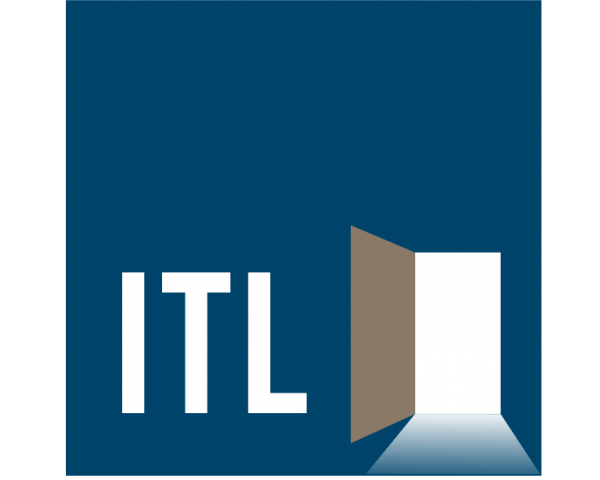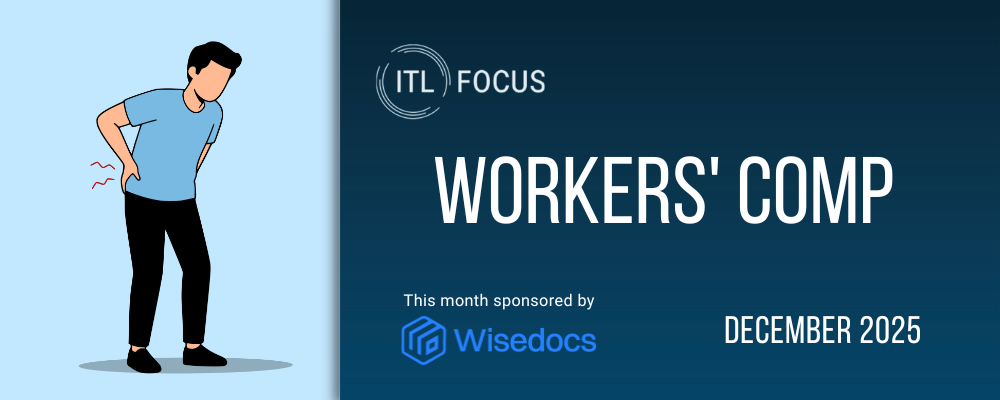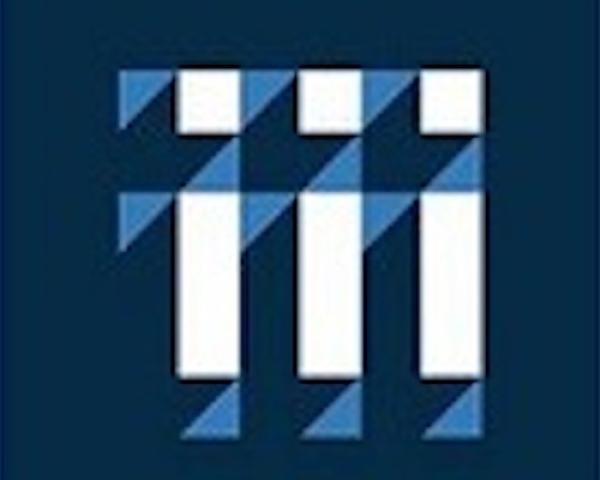Paul Carroll
Amid all the confusion, what can you tell us about the economic outlook and its implications for the insurance industry as we move from Q3 to Q4?
Michel Léonard
Normally, as we wrap up Q3, we have enough data as economists, policymakers, and business leaders to start thinking about what the year will look like by the end of it. Data sometimes comes in slowly, so for the first half of the year we’re really still forecasting. But by August, normally, we’re 80%, 85%, 95% certain about where we're going to end the year. Well, that's not the case right now.
Traditionally, GDP data takes one to two quarters to firm up, but GDP doesn't move much from one quarter to the next, because an economy is a supertanker. It's not going to move rapidly. But we have tariffs this year. So we have unknowns that we haven't experienced in a developed economy like the U.S. in a long time. As a result, we expect the data to move greatly as we go into Q4. Not only the data for Q4 itself but revisions to the data for Q3 and what we already have. That really complicates things.
We went into 2025 with a shift in economic policy that had no precedent in the last 30 or 40 years. Standard economic theory, which we have to use as a framework, was telling us we could have an economic contraction on the scale of what happened during COVID. But that hasn’t happened. I don't want to tempt fate or the economic gods by saying this, but I think the worst-case scenarios will be avoided. We will end the year with a resilient U.S. economy, both in terms of growth and inflation.
Paul Carroll
What are the key economic factors we should be looking at?
Michel Léonard
There's a triad of unknowns: one is about GDP, one is about inflation, and one is about the Fed. And, of course, they interact with one another.
The first one really has to do with data, and, as I said, we're kind of flying blind about GDP at the moment.
The second one is data again, but for inflation. This is different. This is about inventories being depleted and how long it will take for prices to get affected and for consumer confidence to shift. We saw reports earlier this year about cratering consumer confidence, but consumers are still spending because prices haven't been affected yet. That's the second unknown. How much will tariffs increase prices? How much will be absorbed in margins? What's the elasticity of the consumer—to be a bit technical—in terms of whether they're going to keep buying?
That brings us to the third unknown in this triad, which has to do with monetary policy. The Fed is very much waiting for clarity on GDP and inflation to decide whether they should be more concerned with the risk to growth or the risk to price stability. We've been waiting for a Fed rate cut for a long time. [Editor's note: This interview occurred before the recent quarter-point cut in interest rates.] The Fed is in control of the timeline, but, at the end of the day, I think if the Fed does not cut, it's not going to be a good thing. I've been saying this for, I think, a year and a half now.
Paul Carroll
What implications are you seeing for the insurance industry, particularly regarding replacement costs and demand?
Michel Léonard
Traditionally, P&C lags the economy. We are slower to go into a downward cycle, and we're slower to get out of it. Right now, P&C underlying growth is outperforming overall GDP, and it's forecast to do so through next year and into 2027. But the outlook is a bit confusing. We know we're heading into a contraction of some sort. Whether that just means slower growth or means a contraction in GDP, that's unknown. The question comes down to: Is the data off, or are people actually being more resilient here in the face of tariffs and other economic issues? I'd say it's probably about the data, and we're probably going to see those forecasts for 2026 and 2027 change significantly and not for the better. [Editor’s note: This interview occurred on Sept. 5, four days before the Bureau of Labor Statistics said the U.S. economy created 911,000 fewer jobs than previously thought in the year that ended in March 2025, meaning growth was only about half as robust as previously believed.]
Paul Carroll
How is tariff policy affecting replacement costs in insurance, particularly for materials like lumber for homes and steel for automotive parts?
Michel Léonard
On tariffs, there is no clarity whatsoever. That's part of the goal of this performative policy. We have to try to deduce the effects without necessarily passing judgment. We should continue to see a significant weakening in our expectations for homeowners insurance and for auto. On the homeowners side, prices for construction materials have increased in 2025, for the first time in four years. At the same time, folks aren't buying or expanding or renovating. With personal auto, we’ve had a great year. American consumers knew there would probably be trade tariff uncertainty and bought cars ahead of time. That buying put auto in a great place, but we probably borrowed growth in Q1 of this year and even Q2. That likely means less growth in the second half of the year and certainly next year.
Paul Carroll
Does it even make sense to try to make a longer-term projection about the effects of the tariffs?
Michel Léonard
It's not my job to read the president’s mind, but I do think the administration is very clear that it intends to continue using trade as tools for what it believes is best for American workers and the U.S. economy in the longer run. All economists agree that these changes will take three, four, five, six, 10 years. In the meanwhile, no matter whether the tariffs worsen or improve—by which I mean whether the tariffs get higher or lower and whether more countries are involved—they're going to remain. And once inventories from before the tariffs are depleted, we'll feel the full impact.
Paul Carroll
I’m skeptical that much manufacturing will return to the U.S. because of tariffs. Factories take years to plan and construct. An aluminum smelter requires nearly a decade. In the meantime, nobody knows whether Trump’s unilateral setting of tariffs will last.
The Supreme Court is hearing a case in November on whether Trump has unconstitutionally usurped authority that belongs to Congress; as of now, courts have ruled that Trump doesn’t have that power. Even if he escapes that threat, he faces the mid-term elections next year. His tariffs are very unpopular, meaning that Republican congressional representatives facing any kind of threat to their seat may feel pressure to reassert their authority on tariffs and force Trump to back off. And the next presidential election is two years beyond the mid-terms. Trump has promulgated all his tariffs via executive order, so the next president could undo all of them on Day One.
How many companies will build factories that are meant to last decades when Trump’s tariffs face so many challenges just in the next few years? Not many, I don’t think.
Michel Léonard
Reshoring was already underway before the Trump administration. It's a result of the decrease in affordable labor globally, along with rising production costs and shipping expenses. The cost difference between producing abroad versus domestically was reaching equilibrium. Now, reshoring is being accelerated by uncertainty regarding trade agreements. But people don't want the same old factory jobs. They want better jobs as a result of new factories, which will take five to 10 years to establish. And not everyone can wait five to 10 years to get to a better economic place.
Our members at the Triple-I often ask if we’ve reached a tipping point that changes the world order. Well, that's a big philosophical question. But we’ve certainly passed some milestones.
Paul Carroll
I got us off on a bit of a tangent. Any final words about the general outlook for the economy and insurance?
Michel Léonard
Just that we're going to end the year most likely in a better place than we expected, and we should be very happy about that.
Paul Carroll
Thanks, as always, Michel.








